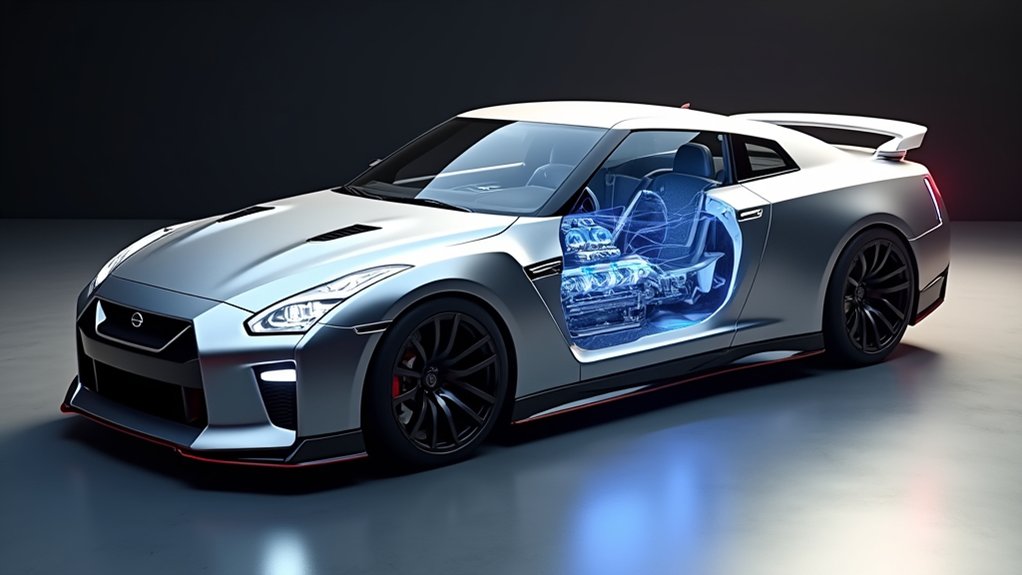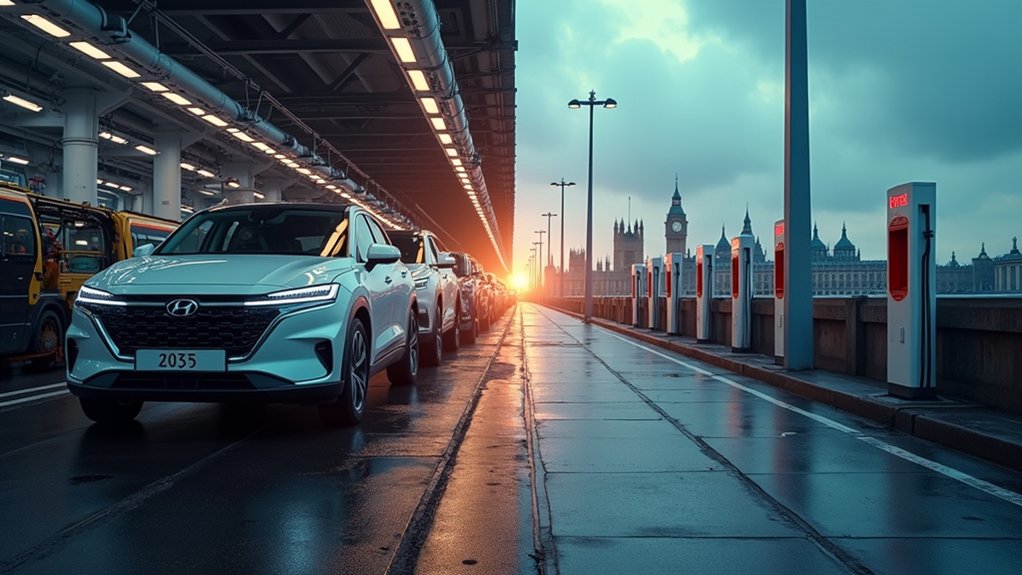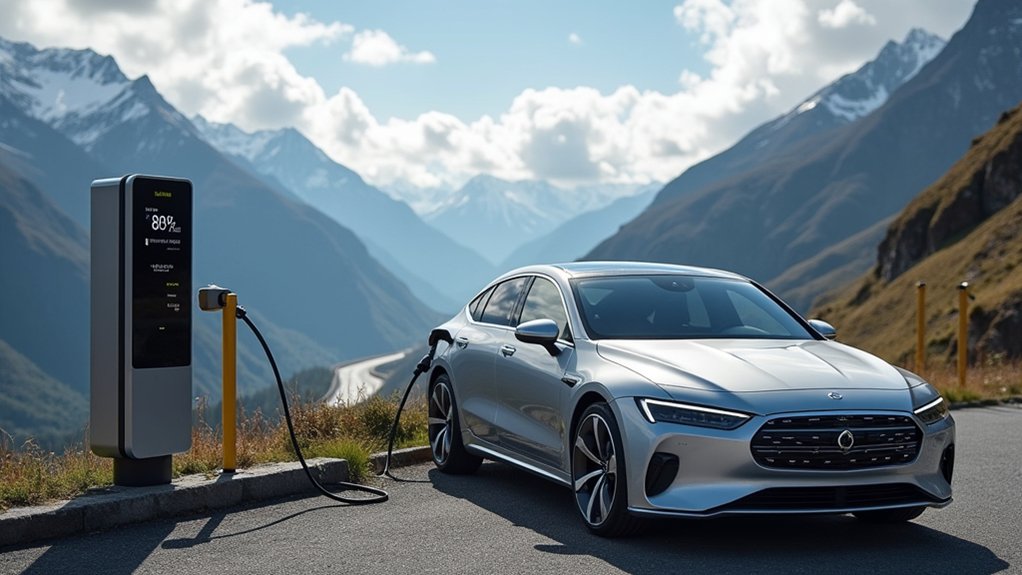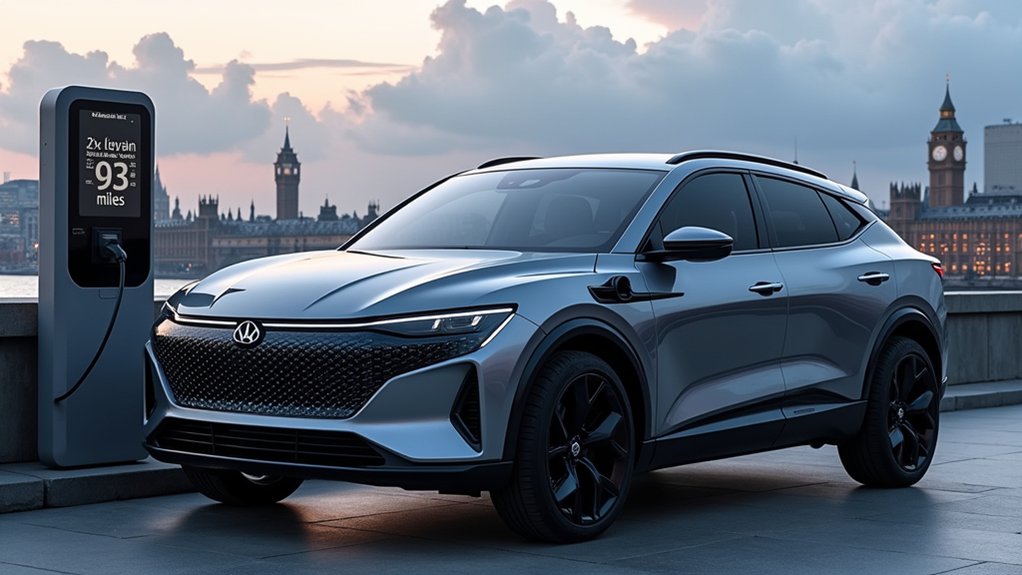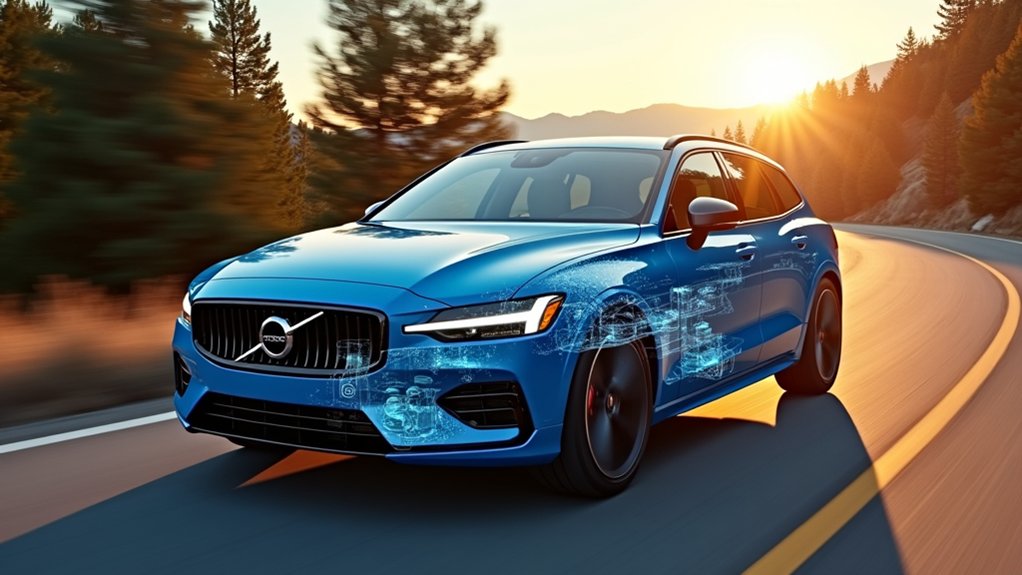Evolution, inevitable yet challenging for iconic performance cars, has finally reached the legendary Nissan GT-R. After years of speculation, Nissan has confirmed the next-generation GT-R (R36) will feature a hybrid powertrain, expected to debut within the next 3-5 years. This move represents a significant departure from the pure combustion formula that has defined “Godzilla” since its modern incarnation.
The hybrid system will pair a twin-turbocharged V6 gasoline engine with electric propulsion, delivering power that should exceed 600 horsepower—a substantial increase over current models. This isn’t merely a token nod to electrification; the powertrain will likely adopt plug-in hybrid technology, enabling emissions-free city driving during daily commutes while preserving the GT-R’s renowned performance capabilities when demanded.
Engineers have focused on maintaining the model’s driving dynamics while meeting increasingly stringent emissions regulations. The combustion component, a clean-burning V6 with twin turbochargers, shares technology with powerplants found in Nissan’s latest Armada. This engine has been specifically designed for regulatory compliance through at least 2032, ensuring the GT-R’s continued market viability. Nissan is continuing to optimize the powertrain with heat management being one of their primary concerns for track performance.
What’s particularly intriguing is the potential integration of solid-state battery technology, currently under development at Nissan’s Japan facilities. The timing aligns perfectly with the GT-R’s projected launch window, suggesting the R36 could showcase this next-generation energy storage solution when it arrives around 2028. The advanced solid-state cells could enable the GT-R to achieve energy density of up to 450 Wh/kg, dramatically improving power-to-weight ratios.
The familiar all-wheel-drive architecture remains, though now enhanced by electric torque vectoring that should improve the already impressive cornering capabilities. The redesigned rear spoiler and aerodynamic elements will provide additional downforce without drag, supporting the vehicle’s high-performance handling characteristics. Advanced dual-clutch transmission technology will manage power delivery, with sophisticated cooling systems handling the increased thermal loads from the hybrid powertrain.
For GT-R enthusiasts, this evolution might seem radical, but it preserves what matters most: exceptional performance. The immediate torque from electrification, combined with the emotive character of a high-output turbocharged engine, promises to deliver the visceral experience GT-R buyers demand—just with a considerably smaller carbon footprint.
